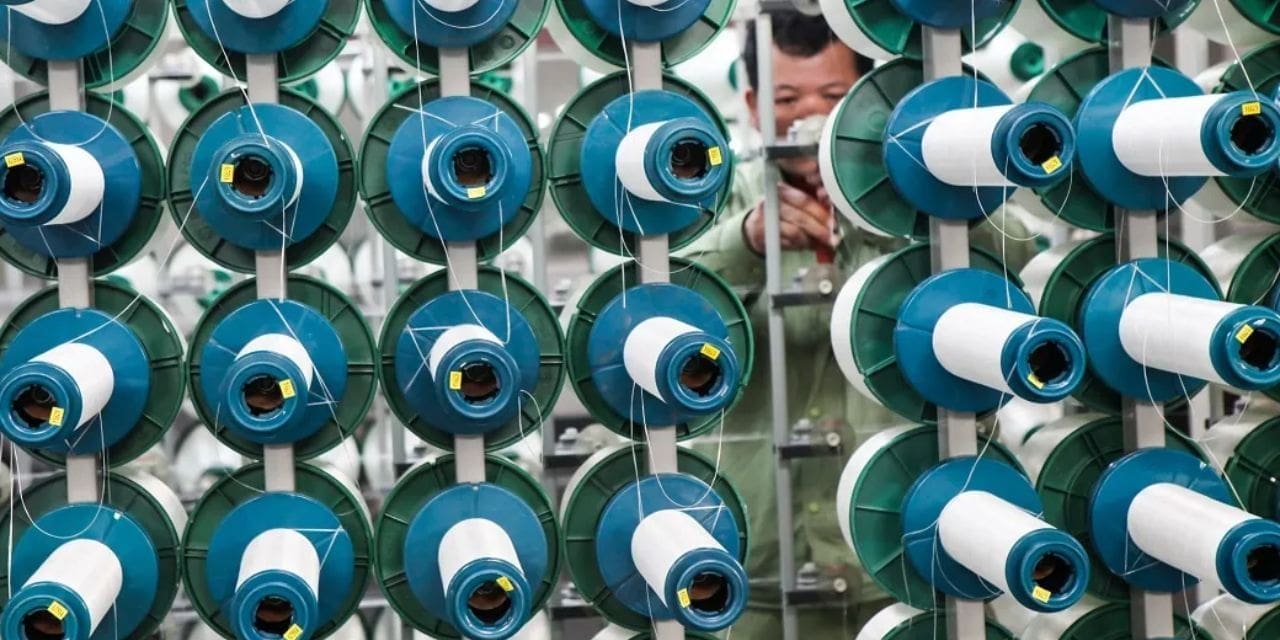Since the start of the year, the average capacity utilisation rate for the global textile sector has remained constant at 74%. According to the International Textile Manufacturers Federation (ITMF), this metric is still lower than expected six months ago (it was projected to be at 79% in March 2023).
Even though it is greater than in November 2022, the capacity utilisation rate generally remains at a low level. According to the 19th ITMF Global Textile Industry Survey (GTIS), which was done in the second part of March 2023, the key cause holding the rate up is the improving situation in China, where domestic demand is picking up speed slowly.
Looking at different areas reveals that capacity utilisation rates have been falling gradually throughout South-east Asia, Central and North America, and Europe (including Turkey). In Europe, where the percentage of textile machinery companies is quite high, the decline is slower. This segment’s extremely large order backlog slows the rate of decline in the area. Since January 2023, East Asia and South America have seen a decrease in the rate, which is often lower in Africa. Since the conclusion of the Zero-COVID-policy, China’s domestic consumption has increased, which helps to explain the dramatic improvement in East Asia.
The textile machinery segment’s capacity utilisation rate is still rather high. The substantial order backlog that built up in 2021 and the beginning of 2022 contributes to the rate’s stability. Supply chain disruptions no longer cause a delay in the production of textile machines. as up until 2021–2022, this was the situation. On the opposite end of the range, the spinning sector exhibits a comparatively high level of volatility. Home textile businesses reported very low capacity utilisation rates. Home textile manufacturers have had a continuous decline to extremely low rates from the middle of 2021.

